Applied INTelligence Lab (AINTLab)
AINTLab is not only a laboratory but also a playground to learn and explore things related to applied intelligence.
Academic Genealogy
Our Mission & Vision
Our Mission:
At AINTLab, our mission is to advance the science and application of artificial intelligence (AI), machine learning (ML), and data science (DS) to create intelligent, sustainable, and interconnected systems for the future.
We explore the intersection of AI, DS, and intelligent systems, developing systems that empower people, improve efficiency, and address pressing global challenges — from smart cities and IoT to green computing and advanced AI.
Our research bridges theory and real-world impact, combining academic excellence with practical innovation.
“AINTLab is not just a lab — it’s a playground for ideas, collaboration, and discovery.” (– Director, AINTLab)
Our Vision:
We envision a world where intelligent systems enhance human life responsibly and sustainably. AINTLab aims to be a hub of interdisciplinary research and collaboration — where curiosity meets purpose, and where ideas grow into systems that shape tomorrow’s connected society.
We are committed to:
- Advancing AI and intelligent systems that are explainable, and scalable.
- Building collaborative bridges across academia, industry, and international research communities.
- Educating the next generation of AI innovators who think critically, act responsibly, and innovate boldly.
Research Area
AINTLab — applied ML, AI & DS for real-world decision support across data, intelligence, and applications.
Data
- Sensor & multimodal inputs: IoT sensors, images/3D scans, biosignals and multimodal fusion.
- Time-series & sequence streams: Forecasting, fusion, sequence modelling pipelines.
- Representation & features: Autoencoders, representation learning, transfer & pixel-level feature engineering.
Intelligence
- Deep & sequence learners + transformers: CNNs, LSTM, hybrids, Tab/domain transformers and LLM methods.
- Ensembles & optimization: Stacking/bagging/meta-ensembles, hyperparameter tuning and meta-heuristics.
- Explainability & structured models: Explainable AI, graph-attention/graph methods, statistical & signal-fusion techniques.
Applications
- Health & human systems: Medical diagnostics, physiological monitoring, pose/physiotherapy analysis.
- Agri / environment / energy: Plant disease detection, crop & AQI forecasting, flood risk, battery SOH and energy forecasting.
- Industry & security: Manufacturing, finance, cybersecurity / fraud detection.
Collaborate With Us
We welcome research partners, visiting scholars, and industry collaborators who share our vision of advancing AI for a sustainable and connected world.
At AINTLab, collaboration is at the heart of everything we do. We work across disciplines—from ML and intelligent systems to sustainability and DS—to build AI solutions that matter.
We actively collaborate with:
- Universities and research institutes on joint projects and publications.
- Industry partners seeking AI expertise in data analytics, and intelligent systems.
- Students and visiting researchers looking to learn, contribute, and grow in an innovative environment.
Our collaboration map from the past five years.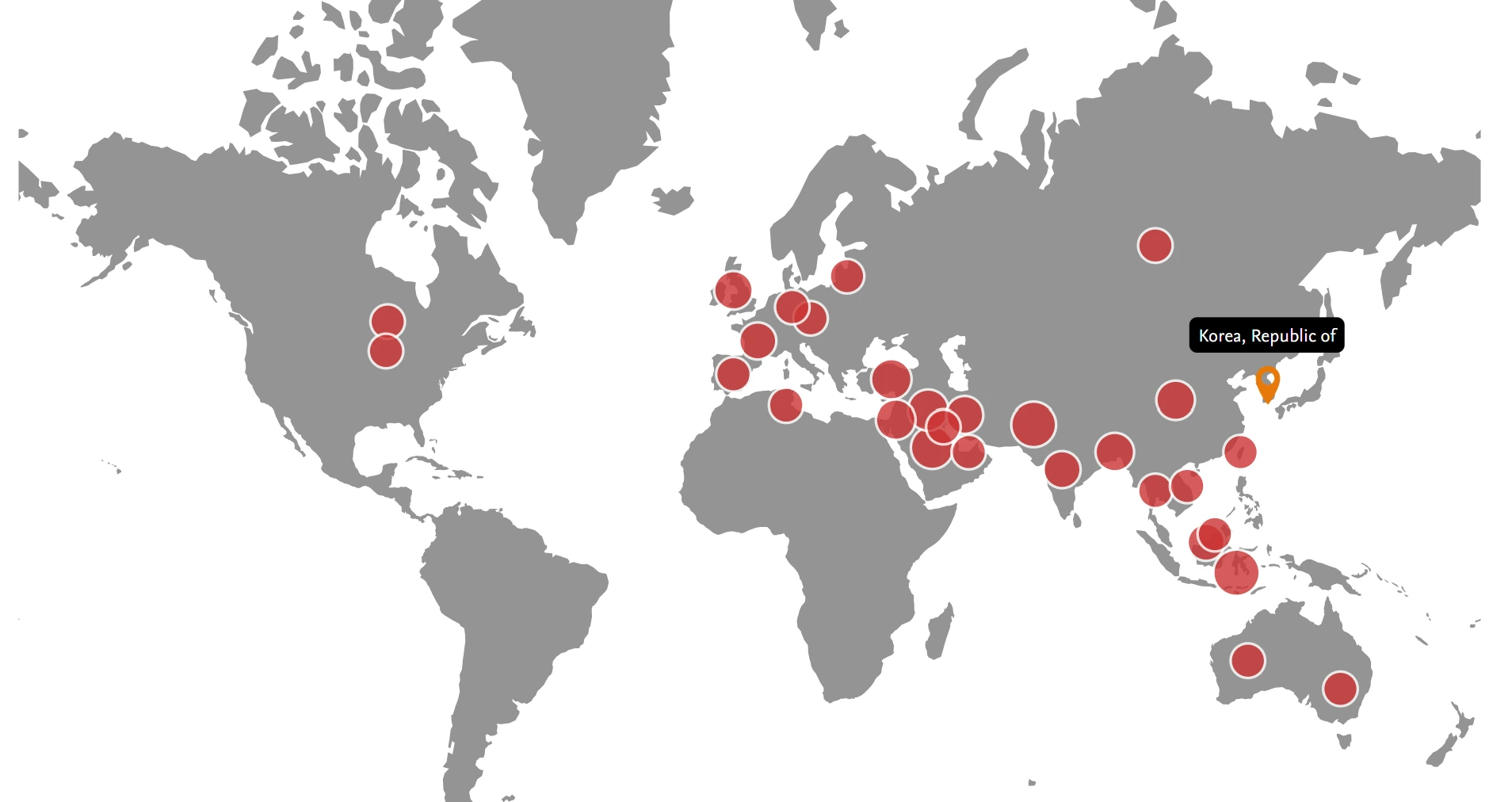
If you are interested in collaborating with us, please contact us.
Our Collaborators
Collaborated on: joint publications, projects, visiting programs, etc.


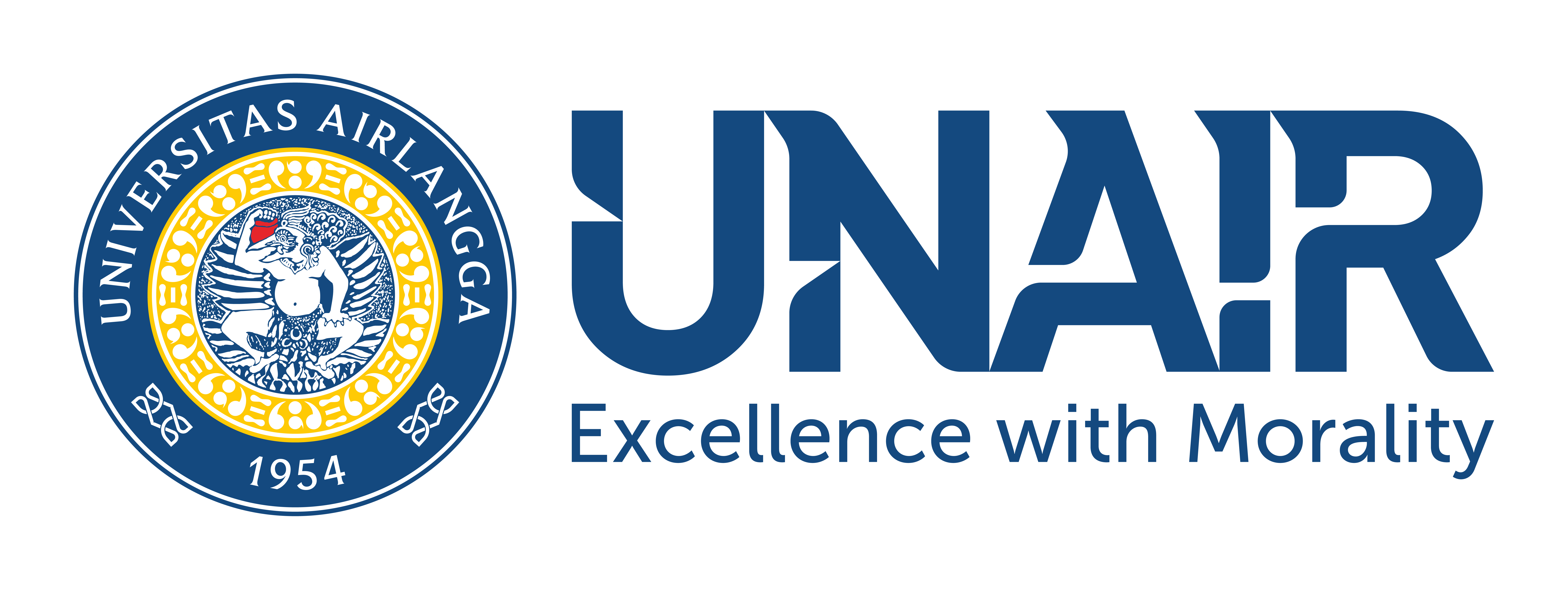



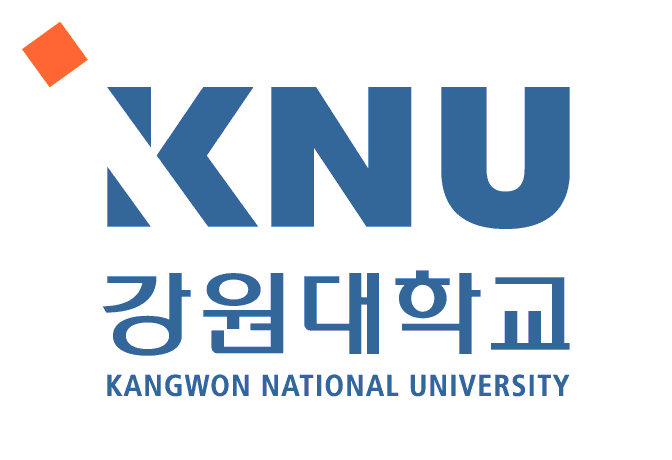
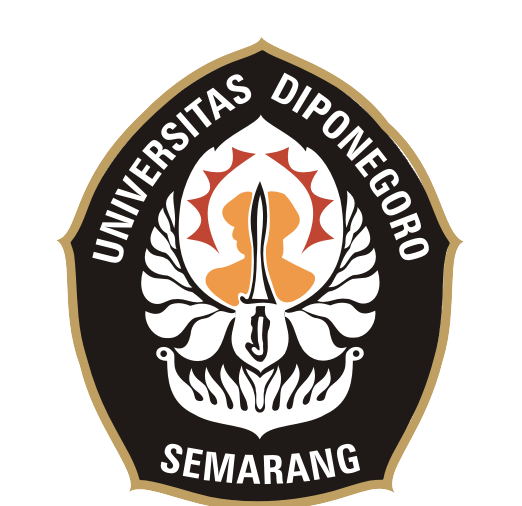
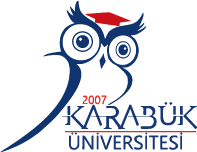
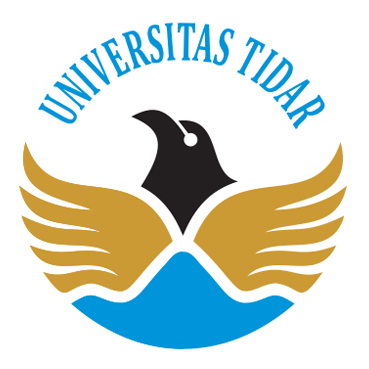

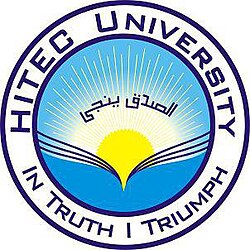


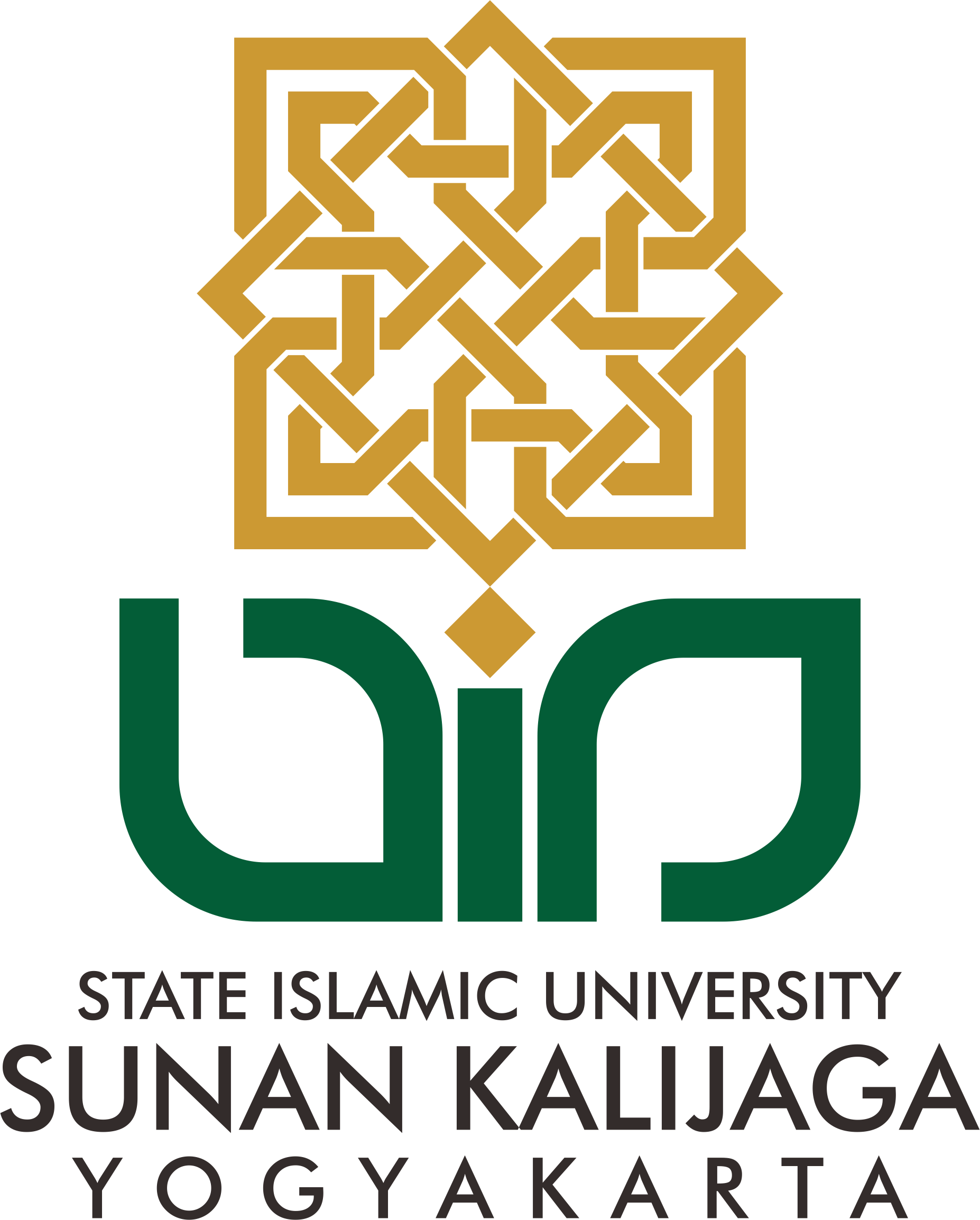



















Featured Research
Our work has been published in reputable peer-reviewed journals. Featured publications are shown below — view all publications here.
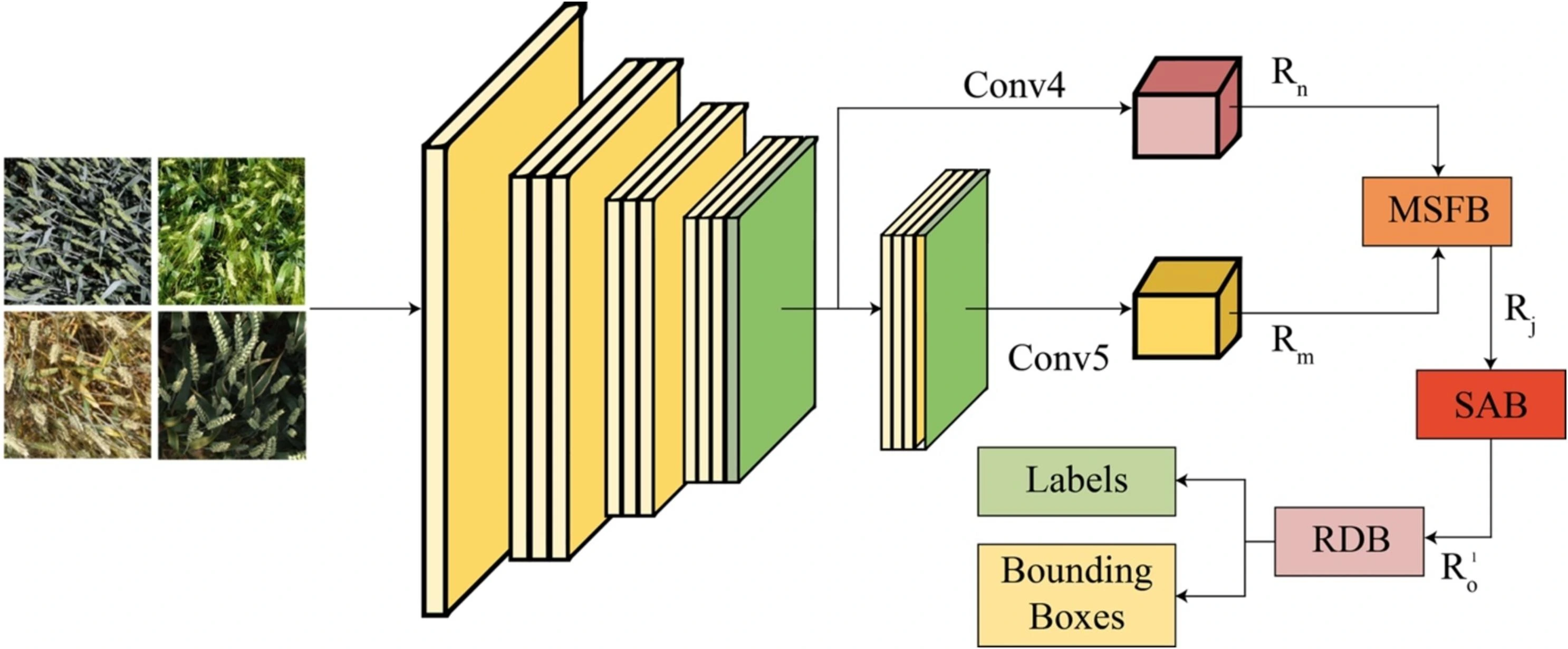
FLTrans-Net: Transformer-based feature learning network for wheat head detection
- Data: Wheat-field images with overlapping small spikes, complex backgrounds; multi-scale visual features for detection.
- Intelligence: FLTrans-Net: transformer-based multi-scale fusion, spatial attention, and lightweight RetinaNet for noise-robust feature learning.
- Applications: Real-time wheat-head detection for yield assessment and field management on resource-constrained devices.
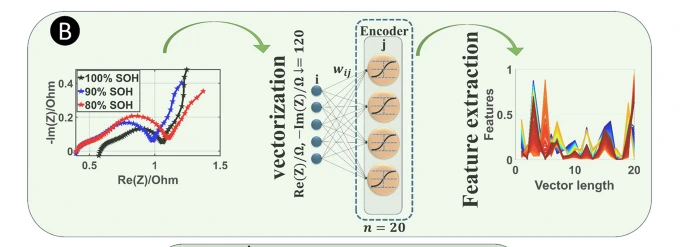
AE-BPNN: autoencoder and backpropagation neural network-based model for lithium-ion battery state of health estimation
- Data: EIS measurements from Li-ion cells across multiple temperatures and operating states.
- Intelligence: AE-BPNN with SCG/RBP optimization for feature reduction and State-of-Health (SOH) estimation.
- Applications: Accurate battery SOH prediction for energy storage systems.
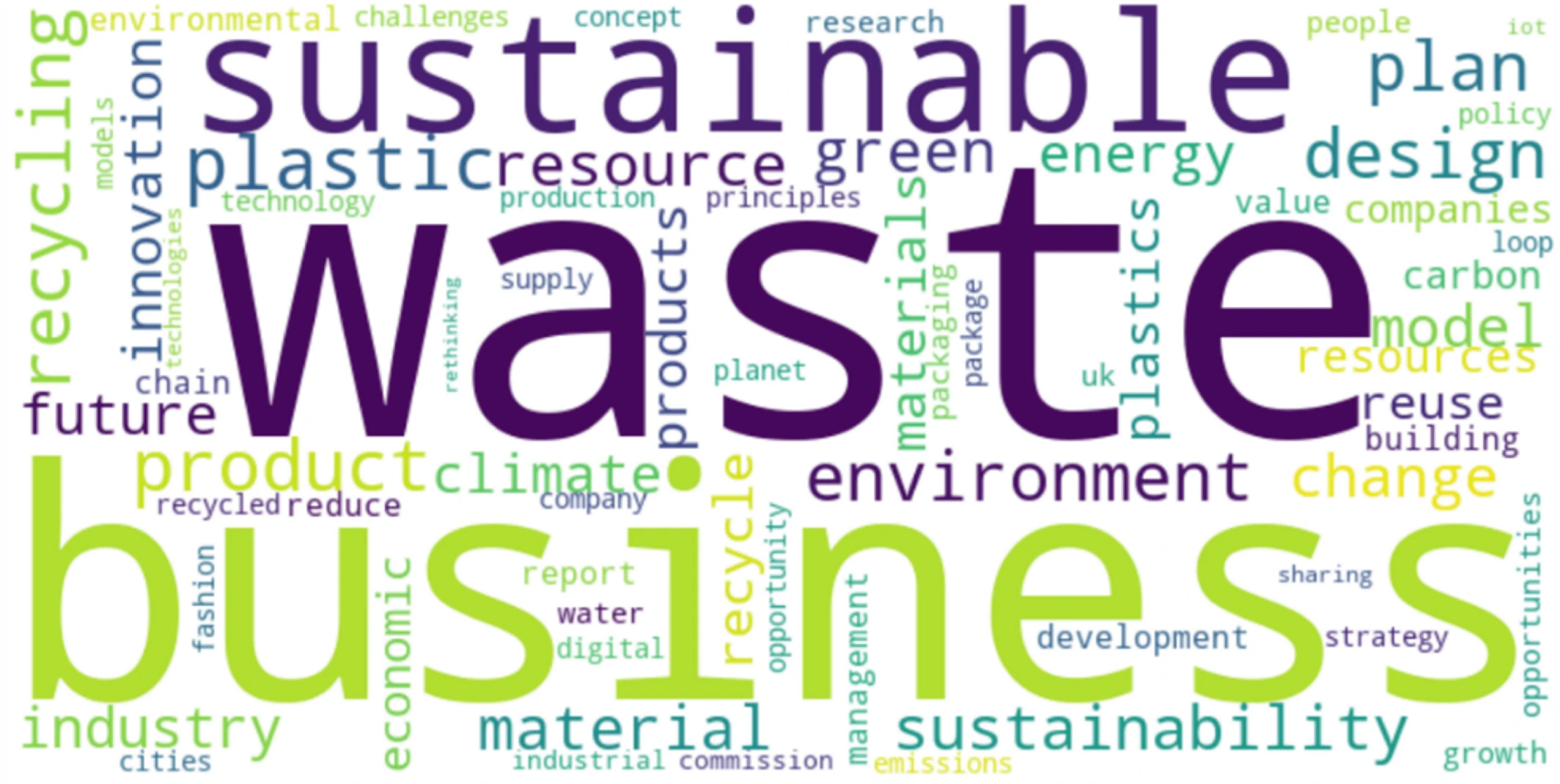
Tweeting Circular Economy: Unveiling Current Discourse Through Natural Language Processing
- Data: 389k Twitter posts on circular economy (CE) (2012–2022).
- Intelligence: NLP-based theme extraction and trend analysis.
- Applications: Public insight for CE policy and stakeholder engagement.
Loading latest updates...